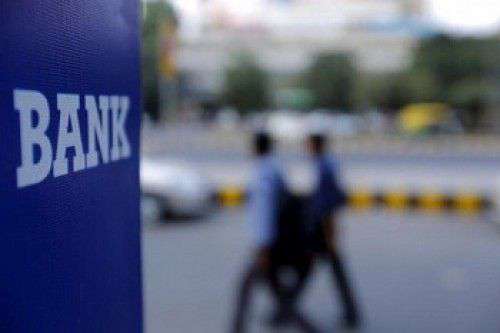In the give and take between the government and the central bank, it has been reported that the leeway on Basel III has given lenders a potential to lend ₹3.7 trillion more. Non-food credit in all of FY18 stood at ₹7.95 trillion. To think that the Reserve Bank of India’s (RBI’s) relief on maintaining the full capital conservation buffer (CCB) will cause lending to jump by almost 50% is clearly naïve.
Private sector banks are doing what they want to do and do not require any holiday on capital goals. They have the muscle to give out loans to deserving borrowers even now.
The purpose of the government in arguing for a leeway on capital was to give parched public sector banks the much-needed powder to lend. But in every argument, the government is forgetting that unless it puts money into the lenders it owns, the economy doesn’t get any benefit.
Banks were supposed to keep a CCB of 2.5% by end-FY19. Now, they can stay with the 1.875% CCB requirement already in force. Ergo, estimates by analysts on how much capital has been freed up for troubled state-owned banks are in the modest range of ₹12,000-13,500 crore.
Applying a thumb-rule leverage of 10 times capital gives a lending potential of under ₹1.5 trillion. Of course, if one adds the extent of potential drawdown on the buffer by private sector banks, the more than ₹3 trillion estimate would not look outlandish at all. But as pointed above, no one is stopping private sector banks from lending now.
It’s the state-owned banks that are in dire straits and those under prompt corrective action (PCA) even more so. A glance at the chart above shows how bad they fare on capital requirements. Besides, they aren’t making any profits whatsoever because of the toxic loan pile they have on their books.
Even if we take the potential for lending on account of the CCB relief at face value, it would be difficult for banks to find deserving borrowers and avoid further deterioration in non-performing assets (NPAs)
Moreover, they will have to lend roughly ₹10 trillion worth of loans in FY19 if the systemic growth of 12%, as estimated by an RBI survey, needs to be achieved. Of this, banks disbursed about ₹3.5 trillion in the first half of FY19.
The 18 private sector banks had a share of nearly 70% in these disbursals. For the rest of the ₹6.5 trillion, it is obvious that the bulk would come from them again.
What the government needs to make peace with is that if it wants to send a posse of banks to lend, it has to supply them with powder. Mere calculative concessions won’t work.








